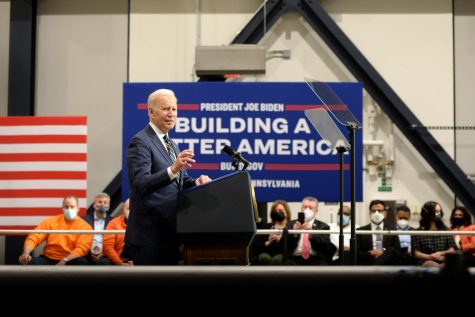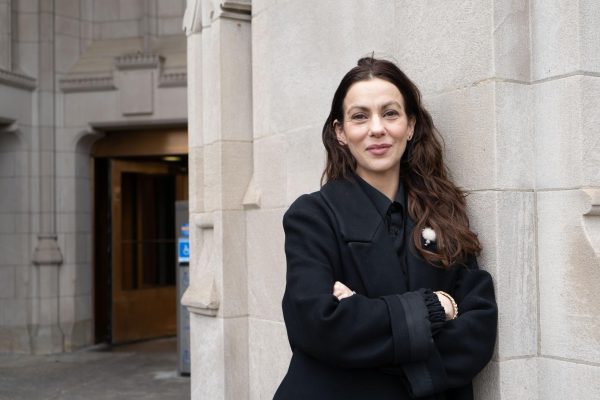Editorial: American history: How should we teach it?
October 1, 2014
This fall, the College Board introduced a new framework for its AP U.S. History course that has recently come under fire.
According to the Washington Post, Ben Carson, a prominent pediatric neurosurgeon and potential 2016 GOP presidential candidate, said, “Most people, when they finish that course, they’d be ready to sign up for ISIS.”
Of course, Carson was more than likely using hyperbole to get his point across. However, his opposition to the framework was shared by many, including the Republican National Committee, saying that it “emphasizes negative aspects of our nation’s history, while omitting or minimizing positive aspects.”
Because of this uproar, the College Board has since revised its framework to include more positive figures, such as Benjamin Franklin and Martin Luther King Jr., who it previously either omitted or briefly mentioned.
Regardless, this controversy highlights an important lesson. United States history is filled with great success and achievement. We should be proud of our enduring national constitution, our leadership in the world wars, our scientific innovation and our diverse makeup. But, like any nation’s history comprised of imperfect men and women, it is also filled with failure and disgrace. From slavery, to forced American Indian removal, to harsh imperialism, the United States has had dark moments. But, when teaching history, teachers at all levels, from kindergarten through college, must be balanced in their assessment and presentation of our past.
History is an extraordinarily complex subject. Those who have only viewed American history through rose-colored glasses will be hit hard by the harsh realities of our past. Alternatively, only dwelling on the bad can lead to an overly cynical generation that ignores the innumerable achievements for which its predecessors bravely fought. Therefore, a balance must be sought.
From an early age, schools should present students with both sides of history — not only the good or not only the bad. Students must realize that historical figures were human, just as they are, sharing in the same struggles we continue to deal with today. Instead of primarily focusing on names and dates, students should learn through literature, letters, photos, archival footage and interviews to better understand and relate to the figures and events that came before them.
History is nothing more than the story of us, not merely our past. As historian David McCullough said in his 2003 Jefferson lecture, “The Course of Human Events,” “If you think about it, no one ever lived in the past. Washington, Jefferson, John Adams and their contemporaries didn’t walk about saying, ‘Isn’t this fascinating living in the past! Aren’t we picturesque in our funny clothes!’ They lived in the present.”
We continue to do so today. As our nation responds to growing threats in the Middle East and around the world, as we recover from harsh economic times, are we thinking about history, or are we simply acting as humans trying our best? The truth is, sometimes our best will come up short. Does that make us inherently bad? No. It makes us human, no different than our predecessors.
If more schools took this approach, perhaps more students would be excited to take a course like AP U.S. History.







